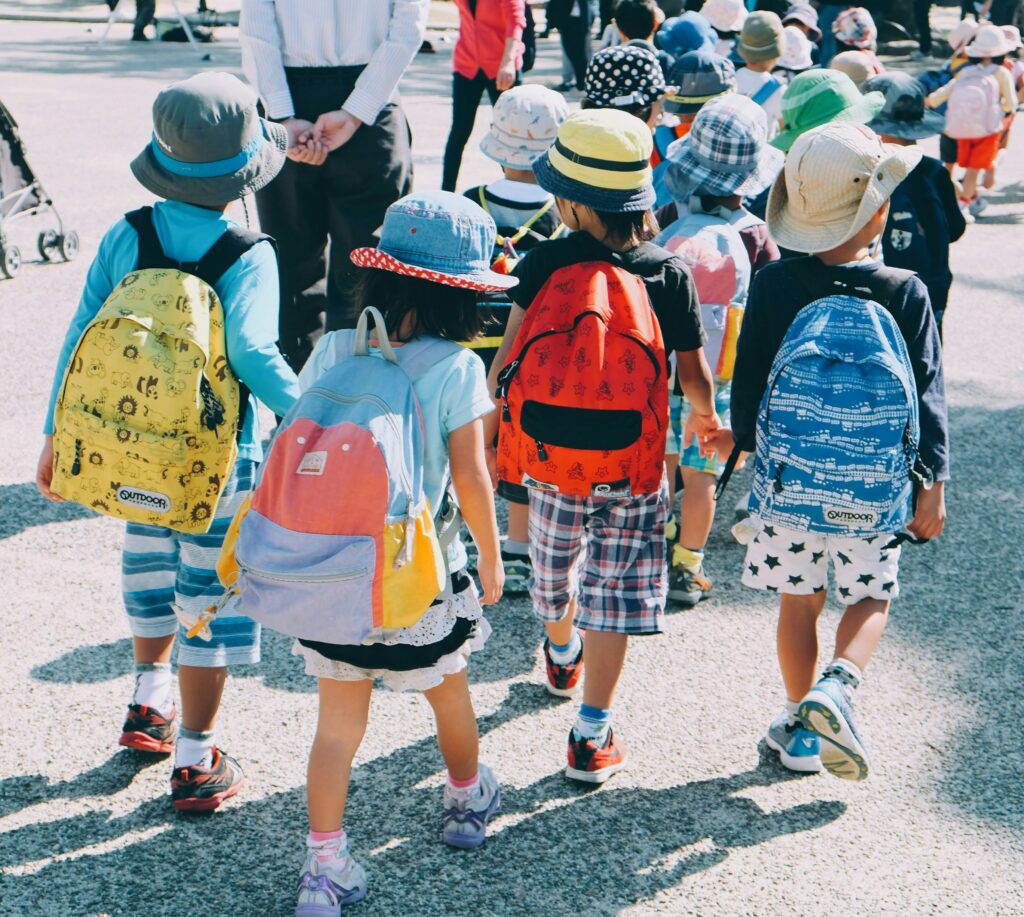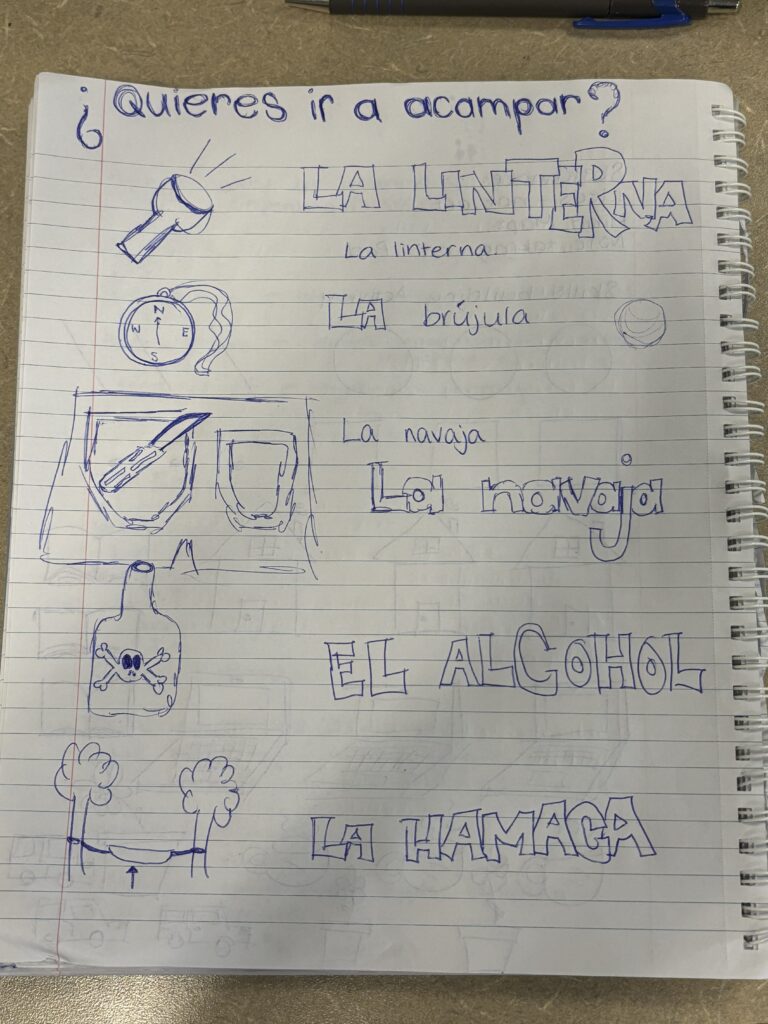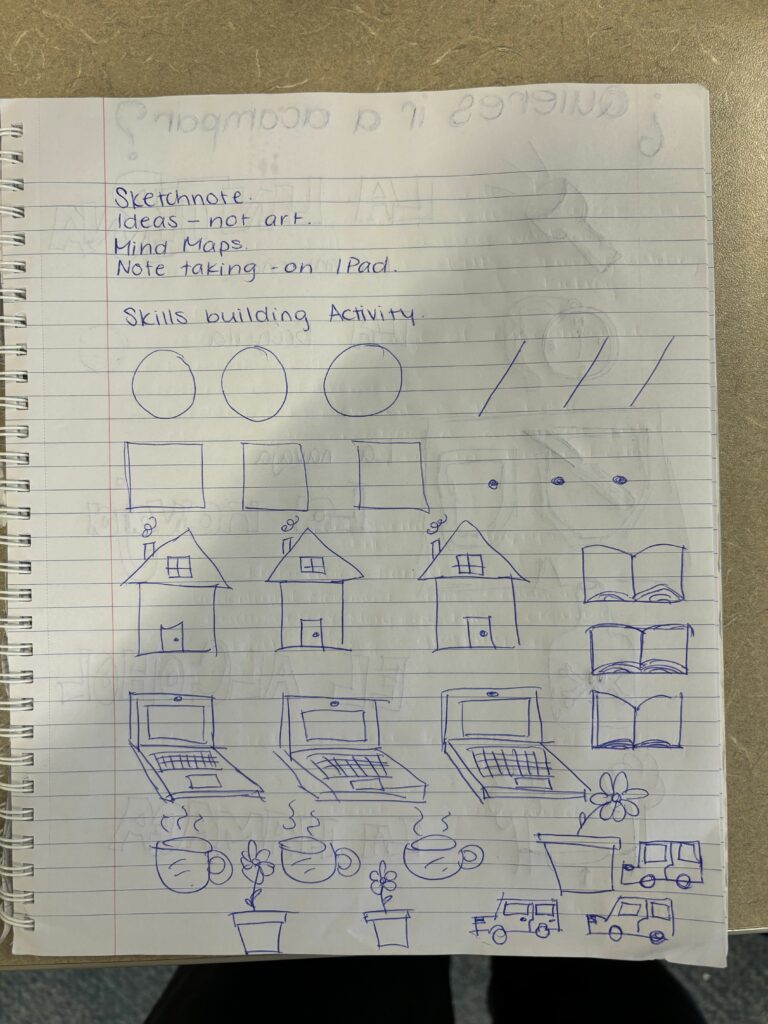Education Technology Presentation
Our topic is how technology can aid ELL and FIRM learners for K-8. Our presentation will supply numerous resources that are grade specific tools to implement in your classroom.
Add your own title and intro here (Change this under Settings -> General -> Tagline)
Education Technology Presentation
Our topic is how technology can aid ELL and FIRM learners for K-8. Our presentation will supply numerous resources that are grade specific tools to implement in your classroom.

Unsplash: note thanun
Technology and Classroom Management:
Having Brittany as the guest for the week to discuss classroom management was an overall insightful and helpful lecture. I really enjoyed hearing her speak about her class, and strategies that she uses firsthand with her students. Something that I will always focus on with my future students and the children that I work with is making sure that they have a sense of belonging, thus when it was brought up in the presentation, I very much see myself applying what was being presented.
Soft Starts and Transitions were great topics, especially when thinking about younger grades. Having students develop routine in a manner that they understand is extremely beneficial. From K-2 students are still getting the hang of how the school day works, so knowing that they are stepping into the classroom in the morning knowing that there will be a hands-on activity waiting for them is exciting. At transition times, having a song that is only played when it is time to move from one activity to another is so helpful for their grasp of what is going on around them.
Moving into routines and expectations. Making sure that the classroom expectations are made by the both the students and the teacher together is really important; that way there is not a poster on the wall that students are detached from because they had no say. When it comes to routines, having a day plan up on the board for students to refer back to. Even younger students are extremely attentive to what they are learning throughout the day.
As a whole I enjoyed gaining more knowledge and ideas on strategies that can be applied to the classroom. Thank you to Brittany!
Different examples of SEL check ins for students here!
This week we looked into coding in Education. I have done some basic coding at an elementary level for a previous course and found it really interesting. When attending McGill, and doing my practicum there, I was able to witness the dedication that the school system had to implement coding from grade 2 up. It seems to be that coding is a great, interactive, activity to gain problem-solving skills. Coding is interesting because, although it is math based, students can learn social studies and language arts through story-based coding.
Story-based coding is when students may follow along a story, choosing their own path with a given character. I think that if it is possible with funds and equipment, integrating coding into the curriculum for grades 3 to 5 would be very beneficial. That way students may build off of the basic skills of coding.
Using online based games in general is a great way to break up the command style learning within the classroom. I know that for myself, the website coolmathgames was something that I really looked forward to if we had computer lab time. When learning is fun, students forget that they are using their brain with a certain intention!
For the hands-on portion, I chose to do the Elsa and Anna coding game. It was quite long, but felt very rewarding when I got my certificate! I am a certified coder! I showed my achievement to my two housemates who are Computer Science majors.

This week I wanted to share one of my favourite families that pops up on my Instagram feed. I have been following Christina for probably a year or two and her content always brings a smile to my face. She has a son and a daughter. Her son is hearing, and her daughter is deaf, and has cochlear implants. Her content mainly consists of communicating with her children- sometimes without speech, only using ASL, and other times using both ASL and verbal language.
This video in particular is regarding her daughter’s communities that she is a part of. Christina points out that her daughter is a part of the Deaf community just as much as her other communities, and that she can show that she is proud to be within it by telling her teachers the next day.
Christina chooses to include comical content, but also videos that provide a lesson or a type of learning opportunity for her children and it is a really beautiful thing to watch.
You can find her Instagram profile here to check her out!
For my Free Inquiry post this week, I decided to approach the creation of content through an inclusive lens. I have attached a video of me providing an introduction of myself. I did not speak or mouth any of what I was saying because I wanted to speak purely through ASL- and ASL does not require verbal sounds. Having this approach, I understood that not everyone would be able to understand me, so I figured out how to put text into a video with no sound. I found this website: ClipChamp. You are able to sign up for free, no subscription. I used this to input text into my video, but you can also to all kinds of editing! I hope you enjoy my introduction. It was a lovely day outside, so I decided to film while also taking in some sunshine!

Image by: Industrial Designers Society of America
This week in class we dove into intentionality in the technology that we use in the classroom, and how we can modify it to make it better suited for our learners. We started by going over SAMR and TPACK.
SAMR is an acronym for Substitution, Augmentation, Modification, Redefinition; where Substitution is using a direct substitute for a previous piece of technology with no functional change, Augmentation is the direct substitute with functional improvement, Modification implements significant redesign, and Redefinition is an entirely new task using technology. TPACK, on the other hand, stands for: Technology, Pedagogical, and Content Knowledge. TPACK overlaps its values, where SAMR is more defined and simply put. SAMR regards the enhancement of a task using technology and goes further with a transformation in technology.
SAMR theory is able to break down the function of a piece of technology to test if it is being used properly or if there are some potential adjustments that could assist its exposure to students. SAMR breaks down the purpose of the technology so that we, as teachers, understand the why? behind using it.
The next part of our lesson was on Sketchnoting. To sketchnote is to take notes, but with quick sketches instead of words. It is the practicality of jotting down ideas that spark memory, not a form of art. An example of sketchnoting is a mind map- connecting ideas visually. Other ways of using it could be learning another language, highlighting the key points in an article or essay, or gaining an understanding on new ways of learning. This led to our skills building portion of the class, where we had to practice what we were learning. Below, I have included my quick practice sketches, and some sketchnoting to help with learning vocabulary in Spanish.
Sketchnoting is a great tool for learners, however it certainly would not work for everyone. I, myself, would have a really hard time focusing on the lecture going on in front of me if I were to sketchnote my comprehension of the lesson. I would become wrapped up in making sure that the sketch is the perfect size or shape etc. For other students sketchnoting could be a great way of holding their understanding when listening to a lesson. It is a potential tool for grades where students are using more than worksheets to display their notetaking. Overall, this lesson was a beneficial, hands on take to understanding a lesson in multiple forms.



Some ducklings are their mama to bring a smile. Photo credit: Vivek Kumar
Let’s talk about babies and the use of ASL. For many years the ability to communicate with infants has relied on exaggerated expression- hand movements, big smiles, frowns, stomping etc. Meaning that it should be no surprise that when considering ASL (American Sign Language- the ability to communicate without speaking) to communicate with infants and young children, the positive results speak for themselves.
An article published by Michigan State says that you may begin using ASL with infants as young as 6 months. Between the ages of 6-9 months is when the introduction of signing is most beneficial because they will often copy their first sign in that time. Creating this line of communication allows their to be an unspoken line of communication between the baby and guardian- the baby is able to express their needs in a form the guardian can understand.
In order to develop this line of communication, the guardian has to exaggerate the motion and attach it to either an item, emotion, or activity. An example could be the signing of “more food?”. “More” looks like your hands in a closed crab claw like shape and motioning them towards each other and away from one another and “food” is taking one of the crab claw like hands and motioning it towards your mouth. By repeating these signs over and over when it comes time to eating, the infant is able to correlate the two together.
From communication through ASL with babies, there may be less tantrums, and more expression in thought from a very young age. There are numerous long-term benefits in using ASL, but I believe my favourite one is that it is great for teaching regulation to children. As a future teacher and parent, I really hope to utilize all of my experience in life to teach and allow children to exist in a space that I am present in without feeling overwhelmed. There are times when it can be really overwhelming to use your voice, or the space is too noisy, or a child has headphones on to block out the sound. I believe that sign language is a really great way to take that overwhelming sound and squash it by still being able to communicate one’s needs without speaking.
Below is a short video explaining how to integrate signing into everyday life with a baby.
This is the article I looked into published by Michigan State University:
https://www.canr.msu.edu/news/baby_sign_language_a_helpful_communication_tool

Beautiful shot taken in Mount Waddington. Photo taken by Thomas Lipke
For this week’s class we looked into accessibility in technology. Accessibility is often a topic spoken about when addressing public places, and how accessible they are for all of the population. Although the topic of technology and accessibility has been brought up for potential use in the classroom, I do not think I have ever touched on it while considering it for everyday use. Why is this? I am not entirely sure. It seems to me that because websites, browsers, and videos mirror social media, everything has to be aesthetically pleasing. As a result of this, the pure functionality loses its effects, and leaves the accessibility of the site to be limited. The digital appeal overrules the function.
I am fortunate enough to only need the adjustment of a brightness level and or turning on and off “night mode” on my devices for me to be comfortable. For others, the interaction of colours, tones, size of font, and the way websites are laid out are all factors into understanding if it is sufficient for all.
It was really interesting to input our websites into the Wave Report, along with a website of our choosing. Doing so showcased the flaws in the colours, the text, and the efficiency of hyperlinks. We then adjusted our websites in order to be more accessible for viewers.
The second part of class was taking a video and making it more accessible. I chose a video from the YouTube channel Daily Dose of Internet. The videos are created to brighten people’s moods and provide a good chuckle. I edited the video within wordpress using H5P.
For this week I chose to brush up on the basics. Getting caught up in learning new signs can be tricky when the fundamentals are what allow you to move forward. Although I love learning new signs every week, I find it hard to keep up with new ones while also making sure that I still know the ones I have previously learned.
Learning the ASL alphabet is a crucial part of understanding ASL. Any time that you are stumped on a word, and do not know how to sign it, means you have to resort to spelling it out. Fluent ASL speakers are able to sign the alphabet at “sonic speed”; meaning that they are also able to mentally spell out words extremely fast, as well. Brushing up on your alphabet, as well as spelling out words is similar to learning how to read and write again.
Signing the alphabet is pattern based, similarly to spelling out the alphabet fairly quickly, signing is the same with practice. Signing the alphabet quickly does not help, however, when it comes to spelling out words, because your brain is used to the pattern of movements of the alphabet.
So here’s to going over the basics!
This is a website that provides different length words to practice Finger Spelling.
https://www.lifeprint.com/asl101/fingerspelling/fingerspelling6.htm

This week we dove into 3D printing. Although 3D printing is brought up between my housemates regularly, I had never tried designing anything or using a 3D printer. Having spent this week’s class getting to design our own mini projects and seeing the printers creating projects in person was a really great experience!
3D printing in the classroom can be used amongst many of the subjects. In Math, 3D printing may be used for creating different objects replacing counters- students could even design personalized ones for Math activities and class based games (such as Bingo). In Learning languages, 3D printing can be used as a kinaesthetic learning oppourtunity by having the physical letters in front of the students. In studies such as: History, Social Studies, and Cultural studies, students may design an existing land mark as a project and learn about its history in the process. Taking Science into consideration, 3D printing enables fast and low cost customized machining for prototyping.
As for the pros and cons of 3D printing in class-based learning, I believe the biggest con is that the cost for the printer itself and the upkeep of supplies is too great for many schools. It is a privileged oppourtunity to design and print one object, let alone multiple students in multiple classes having the chance of such an experience. Another potential con is the lack of knowledge around technology. If students have access to computers or tablets regularly, with some practice, using websites such as tinkercad will be doable. For students who do not have the resources to do so, using a 3D design program can be tricky, frustrating, and very time consuming.
All this being said, the pros are endless, because the creativity that students can have with such technology is unlimited. For grades 4-7, the grades I hope to teach, 3D design and printing would be invaluable and could direct students into entering STEM fields.
Another website for designing is LucidChart.
Here is my creation from this week! It is a fish skeleton keychain!


© 2025 Ms.Mac's Learning Journey
Theme by Anders Noren — Up ↑